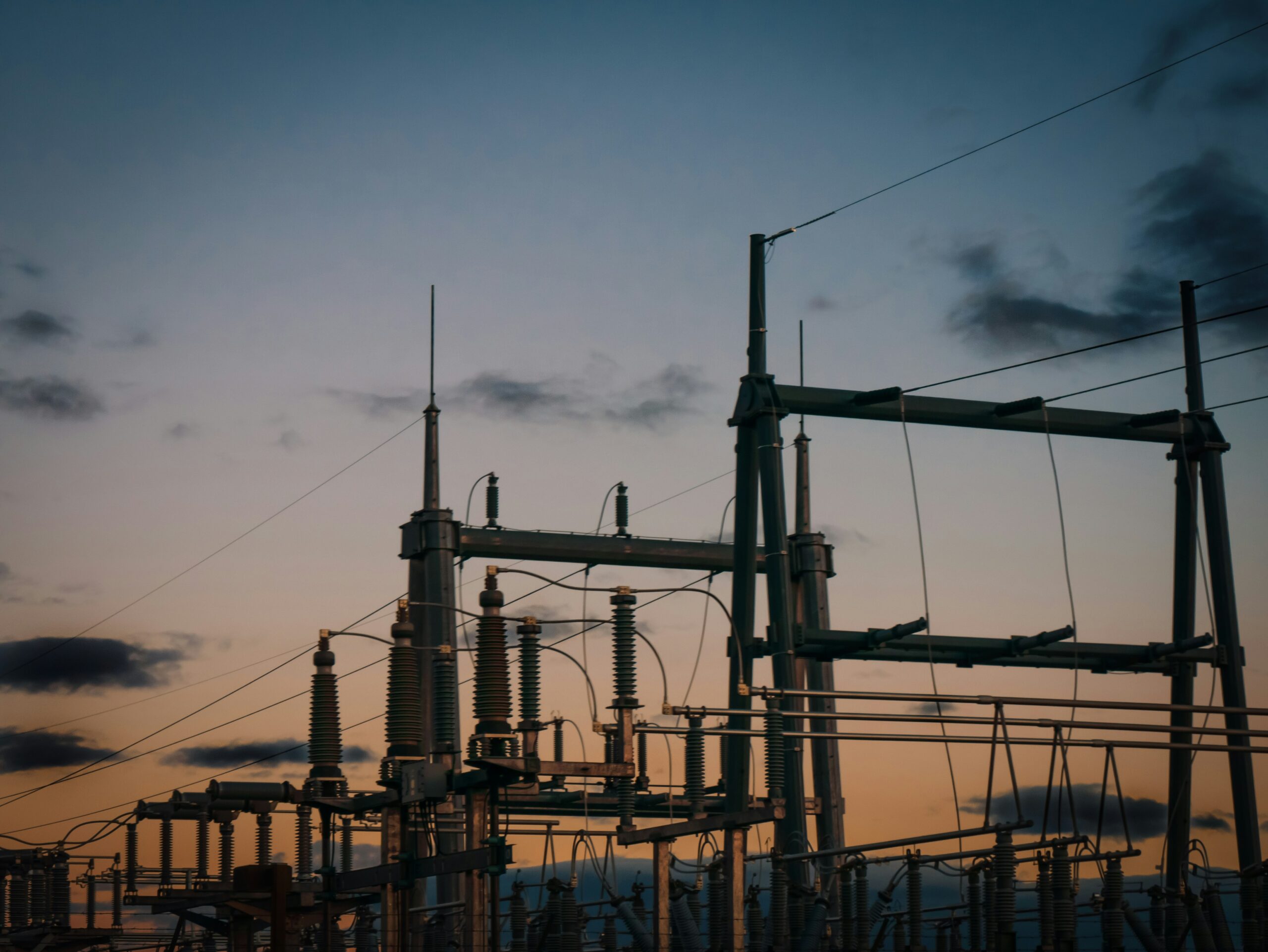
Policy Update
Rhode Island Passes Landmark Legislation for Clean Energy Goals
July 19, 2024
On June 26, Rhode Island passed an extensive energy storage law, joining several other states seeking to expand their energy storage capacity. The 2024 Energy Storage Systems Act is a landmark bill for Rhode Island’s 100% clean energy goal.
- Why It Matters: Currently 23 states have 100% clean energy goals. Energy storage is a pivotal tool in helping states meet these goals by improving energy reliability and ensuring grid resilience.
What is Energy Storage?
Energy storage captures and stores energy, allowing it to be used at a later date to combat changes in demand. Various technologies are utilized in energy storage, including battery, thermal, and mechanical systems. Energy storage creates a more consistent clean energy grid and allows solar and wind energy to be used long after a sunny or windy day.
Other benefits of energy storage include:
- Meeting increased demands during extreme heat and cold events
- Decreasing costs to ratepayers by adding capacity and lowering operating costs.
- Creates steady jobs helping to aide in a just transition.
Key Components of the Bill
The 2024 Energy Storage Systems Act (SB 2499 and HB 7811) has several key features that will help Rhode Island achieve its clean energy goals, adapt to extreme weather, and create new clean jobs throughout the state.
- Infrastructure Programs: Rhode Island’s Infrastructure Bank will assist in facilitating adoption and provide grants and loans towards energy storage infrastructure.
- Storage Targets: This Act has cumulative energy storage goals, starting with 90 mW by 2026, 195 mW by 2028, and 600 mW by 2033.
- Public Utilities Commission: The Public Utilities Commission (PUC) will be responsible for several facets of the program. This includes mandating storage and interconnection tariffs, assessing storage technologies and their benefits, and directing procurements from utilities.
Other State Action
In 2021, Connecticut and Maine both set goals for increasing energy storage. California, Massachusetts, and New York all introduced legislation this session to address energy storage.